Eagle Scout Rank: Essential Paperwork Guide

Introduction to the Eagle Scout Journey
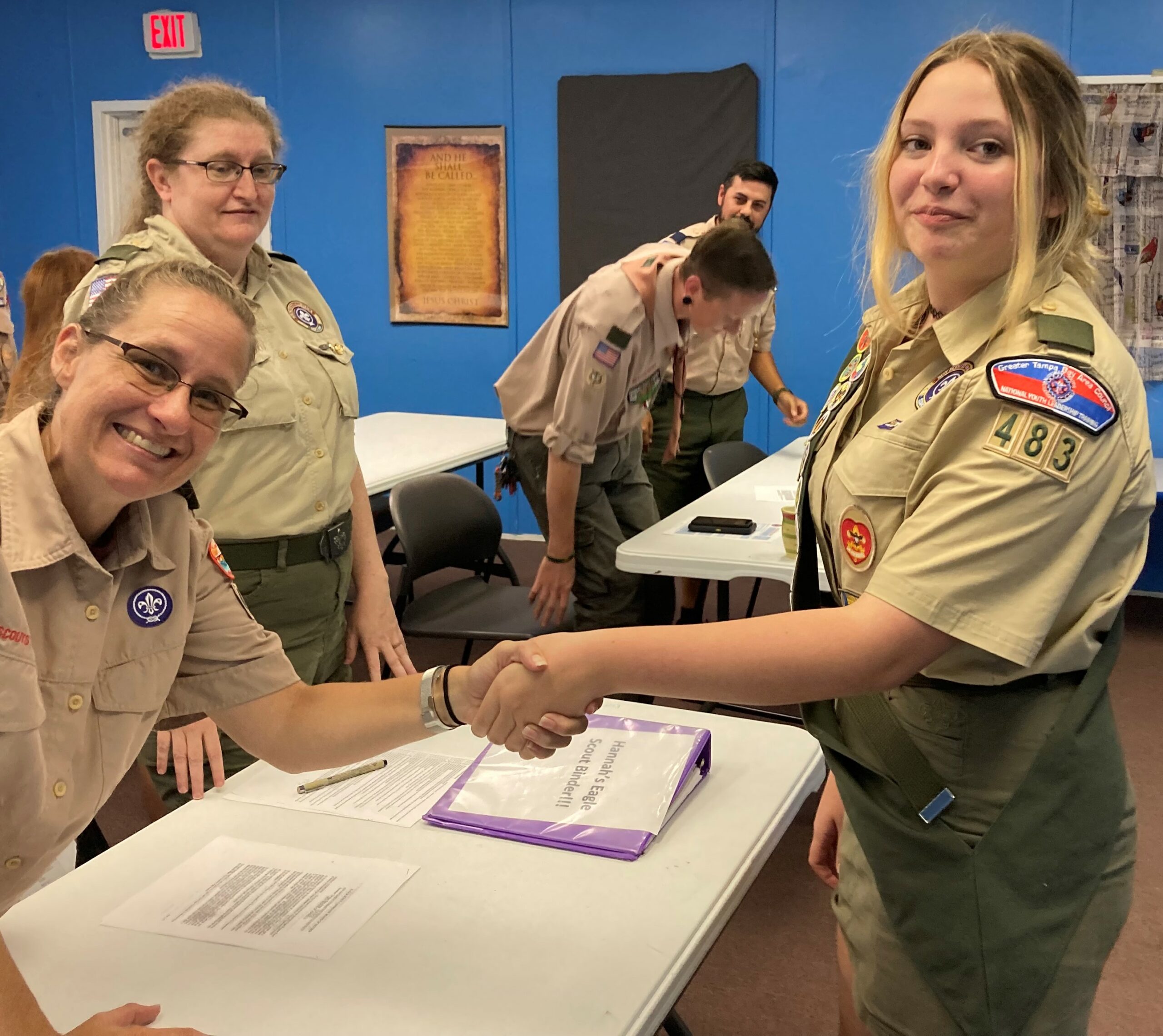
The Eagle Scout rank is the highest honor in the Boy Scouts of America (BSA) program, a pinnacle of personal achievement in scouting. Earning this rank is not just about completing a certain number of merit badges or demonstrating leadership; it also involves navigating a detailed and sometimes complex set of requirements and paperwork. This guide will walk you through the essential steps and paperwork involved in achieving the prestigious rank of Eagle Scout, ensuring that you're well-prepared for each phase of your journey.
The Requirements for Eagle Scout
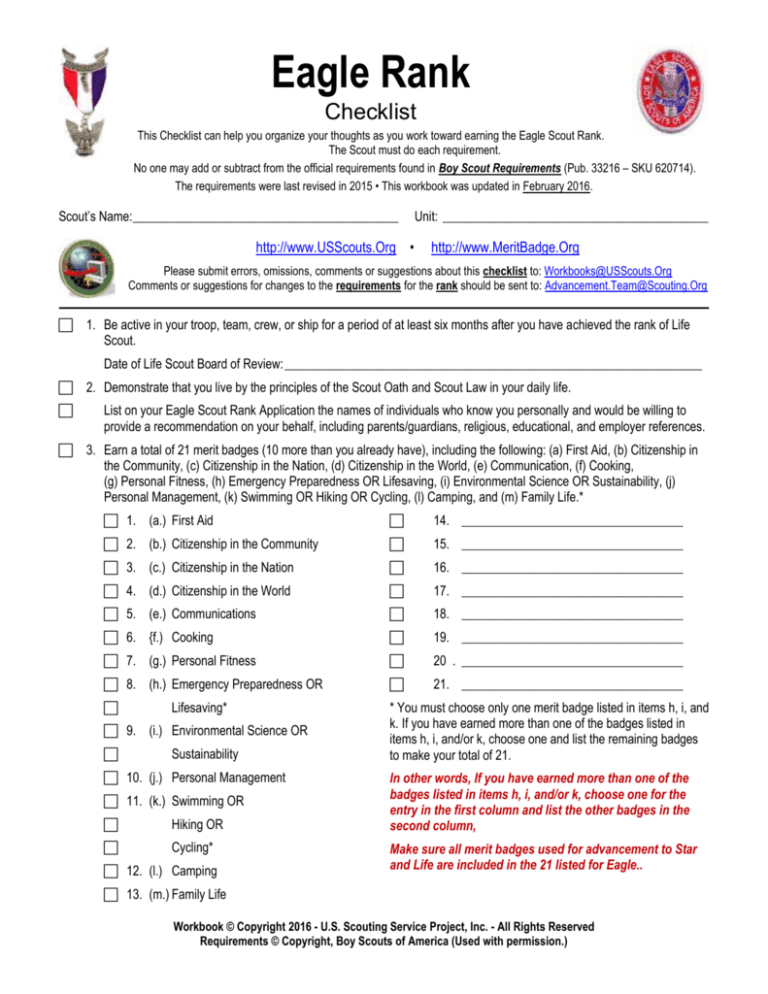
To earn the rank of Eagle Scout, a Scout must meet the following requirements:
- Be an active member of your troop and patrol for at least six months after you've achieved the rank of Life Scout.
- Serve actively in your troop, team, or crew in one or more of the following positions for a total of six months: Patrol leader, assistant senior patrol leader, etc.
- Complete 21 merit badges, including 13 from the required list.
- Show Scout spirit by living the Scout Oath and Law in your everyday life.
- Plan, develop, and give leadership to others in a service project helpful to a religious institution, school, or community.
- Participate in a unit leader conference.
- Successfully complete an Eagle Scout board of review.
Navigating the Paper Trail
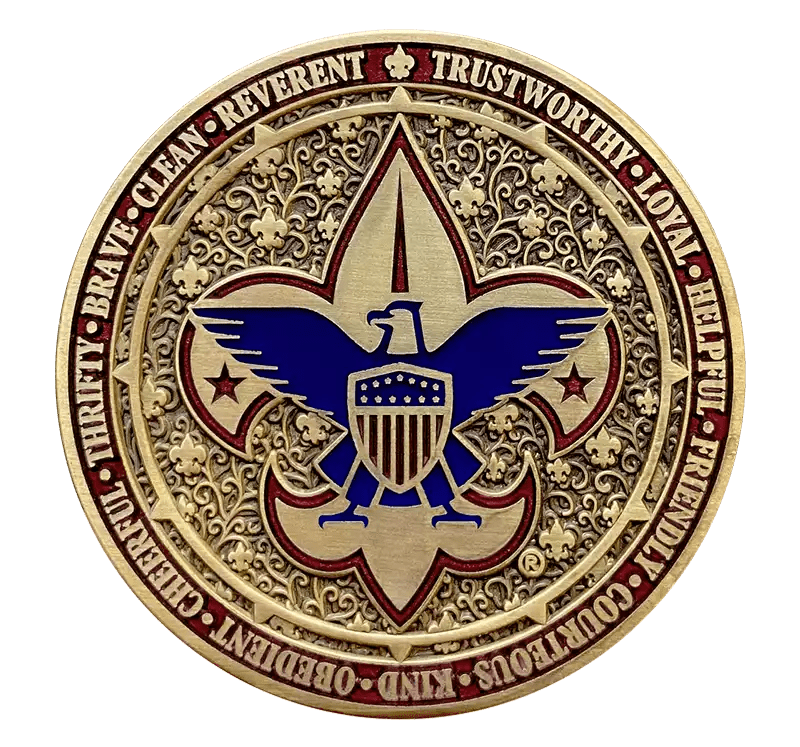
The path to Eagle Scout is marked by specific documentation, which must be meticulously maintained to ensure compliance and to ease the review process. Here’s a step-by-step guide to the essential paperwork:
Application Forms
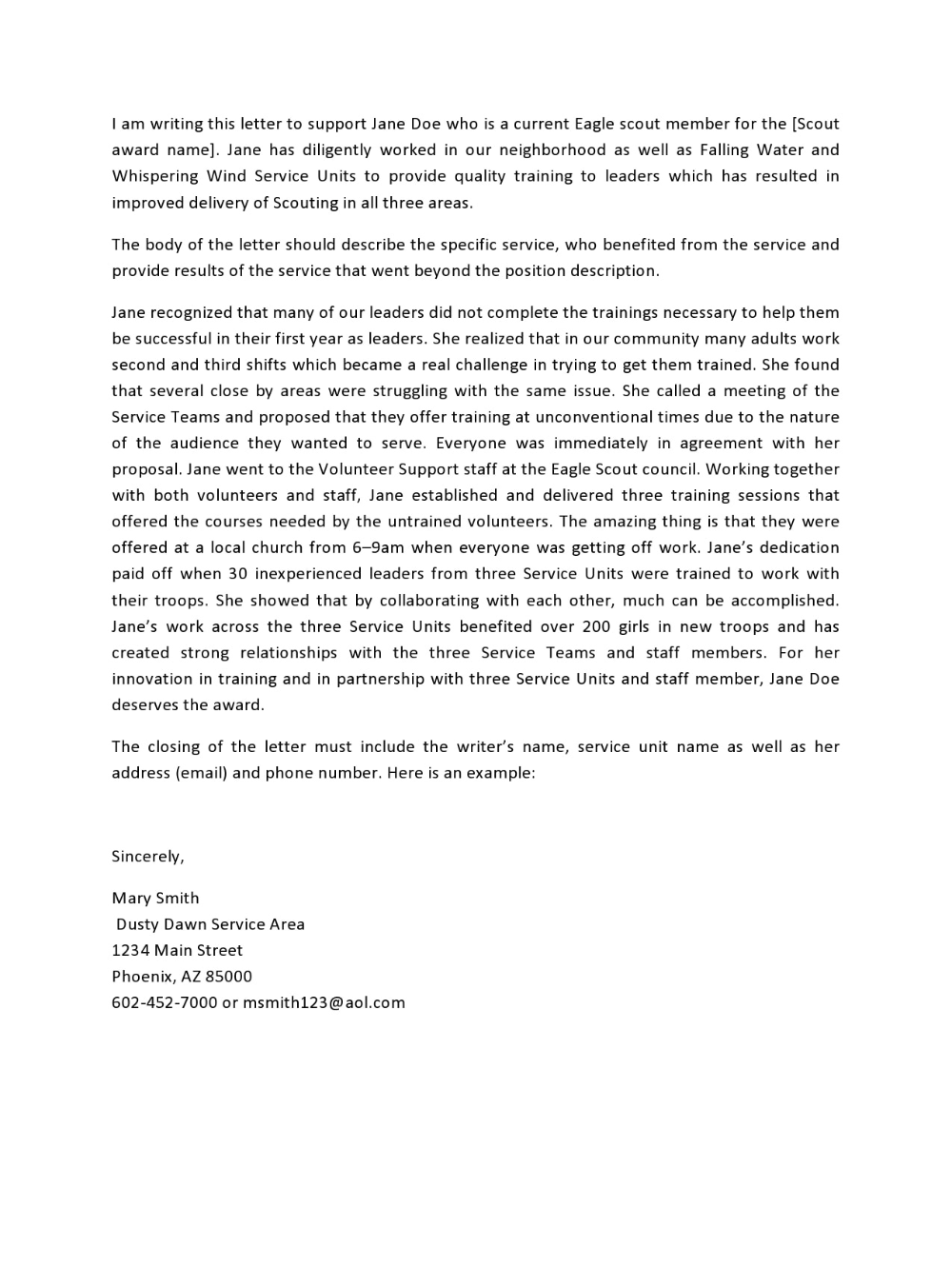
The core document for your Eagle Scout application is the Eagle Scout Rank Application. This form, BSA No. 512-728, must be:
- Typed or printed legibly.
- Signed by the appropriate people at various stages.
- Includes a signature from your unit leader.
- Needs to be signed by your district or council advancement committee after your project proposal is approved.

When filling out this application, attention to detail is crucial. Ensure dates are correct, all merit badges are recorded, and the application is reviewed for accuracy before submission.
Merit Badge Blue Cards

Each merit badge earned requires the completion of a Merit Badge Application, often referred to as the "Blue Card." Here's how to handle these:
- Keep the blue card copy of your merit badge records safe.
- When you complete a merit badge, the counselor will sign your card, which should then be given to your Scoutmaster for the record.
- Your counselor retains one part, your troop keeps one, and you keep the final section as your personal record.
Project Proposal and Workbook
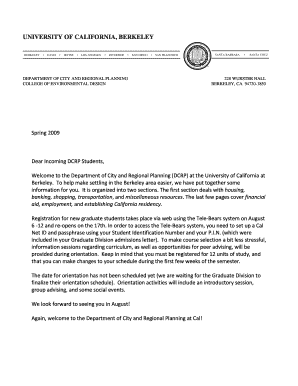
Your Eagle Scout project is a significant component of your advancement. You must:
- Use the Eagle Scout Service Project Workbook (BSA No. 512-927) to detail your project idea, planning, and execution.
- Get your project approved by your unit leader, committee, and the district or council advancement committee.
- After approval, use this workbook to track your progress and document your leadership in executing the project.

💡 Note: Ensure that your project has a lasting, positive impact on the community.
Letters of Recommendation
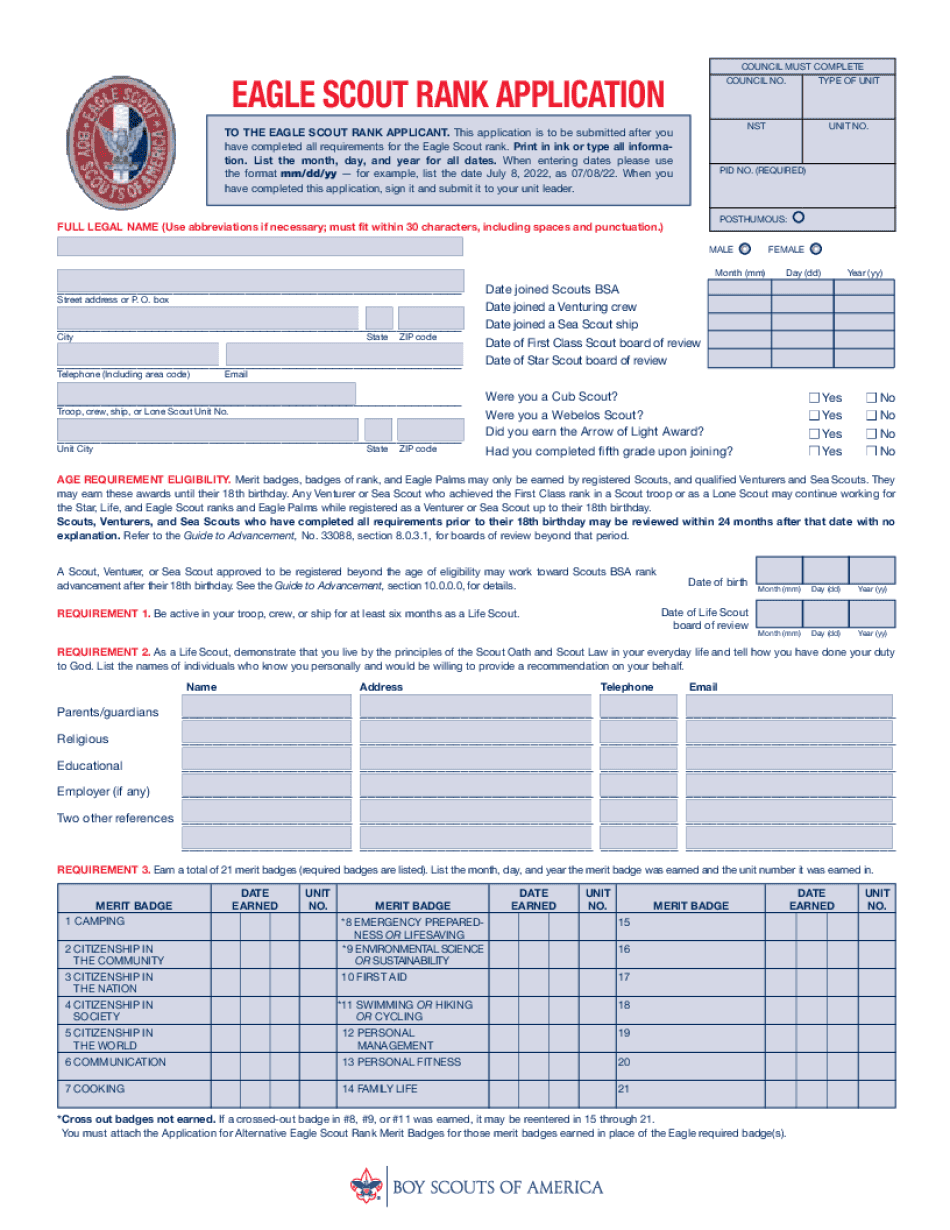
As part of the Eagle Scout application process, you'll need to provide letters of recommendation:
- List of contacts provided to your Eagle board for follow-up.
- Letters should comment on your character, Scout spirit, and leadership.
- Recommendations might come from parents, teachers, Scoutmasters, religious leaders, or community members.
💡 Note: Inform your recommenders in advance, providing them with details about what to include in their letters.
Unit Leader Conference and Board of Review

Upon completion of your project and all other requirements, you'll have:
- A unit leader conference to discuss your experiences and personal growth.
- An Eagle Scout Board of Review, where a panel of reviewers evaluates your application, project, and leadership. Be prepared to discuss:
- Scout spirit and how you've lived the Scout Oath and Law.
- Your project, its impact, and the leadership skills you developed.
- Your plans for the future and the impact scouting has had on your life.
💡 Note: Dress appropriately for your board of review, as it's a formal process.
Summing Up the Journey
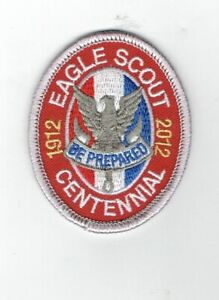
Becoming an Eagle Scout is an incredible journey filled with leadership challenges, community service, and personal growth. The paperwork, while tedious at times, serves to document your commitment to the values of scouting. From meticulously filling out applications and merit badge records to executing a significant service project and collecting thoughtful recommendations, each piece of paperwork plays a vital role in the Eagle Scout path. Remember to stay organized, seek guidance when needed, and embrace the process as part of your personal development.
What do I do if I lose my merit badge blue cards?
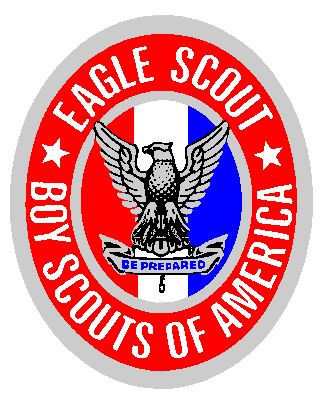
+
If you lose your blue cards, reach out to your Scoutmaster or merit badge counselor. They often keep records of badges earned. If not, you might need to re-earn the lost badges or provide evidence of completion.
Can I start my Eagle Scout project before I earn all required merit badges?
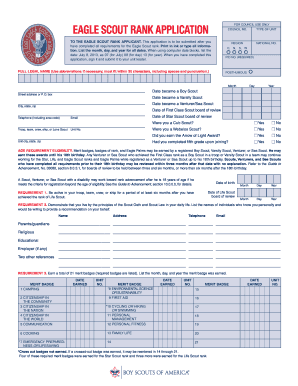
+
Yes, you can start planning and even begin your project. However, to advance to Eagle, all badges and other requirements must be completed by your 18th birthday.
How do I choose a good Eagle Scout project?
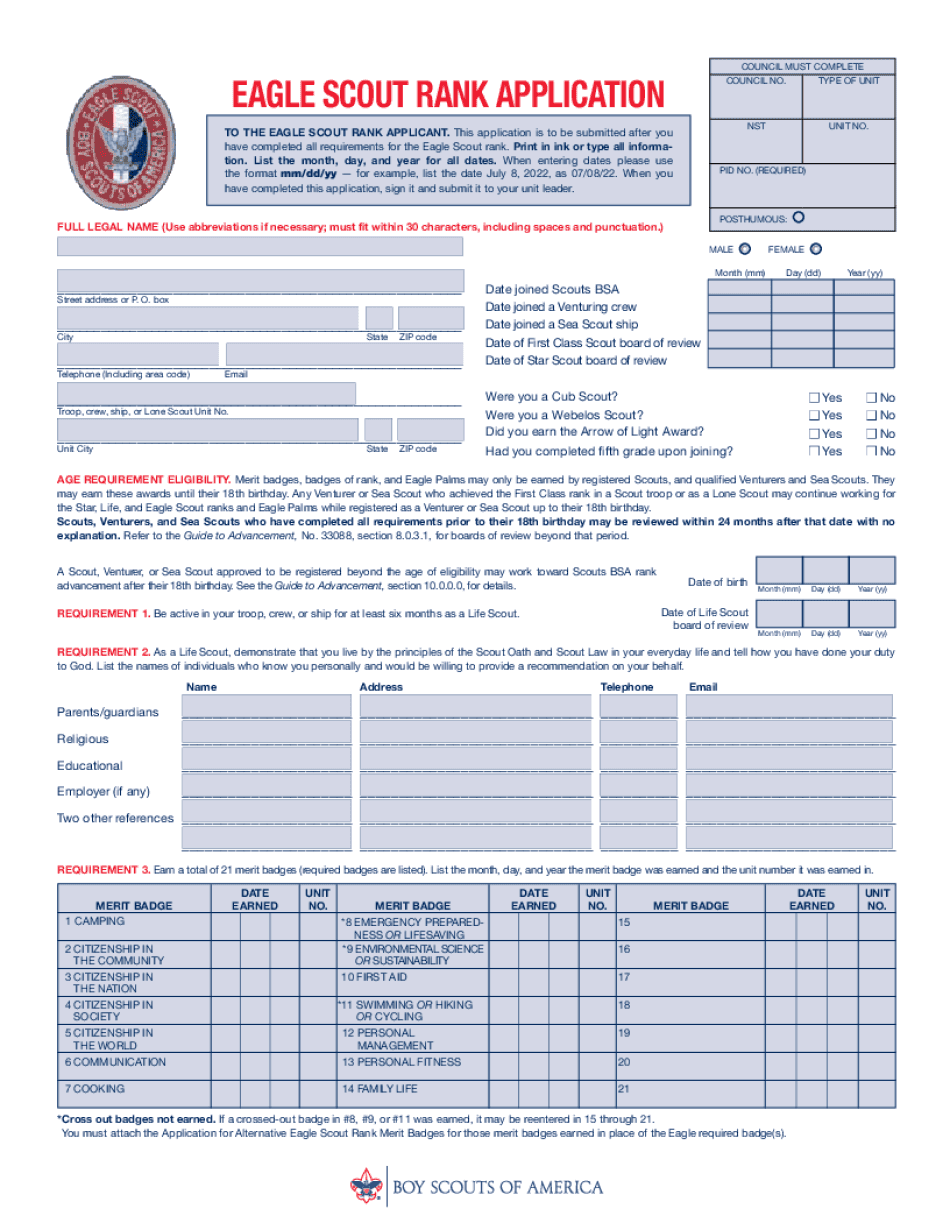
+
Look for projects that provide community benefit, involve leadership, and reflect your interests or passions. Speak with community leaders or organizations to find real needs that you can help address.